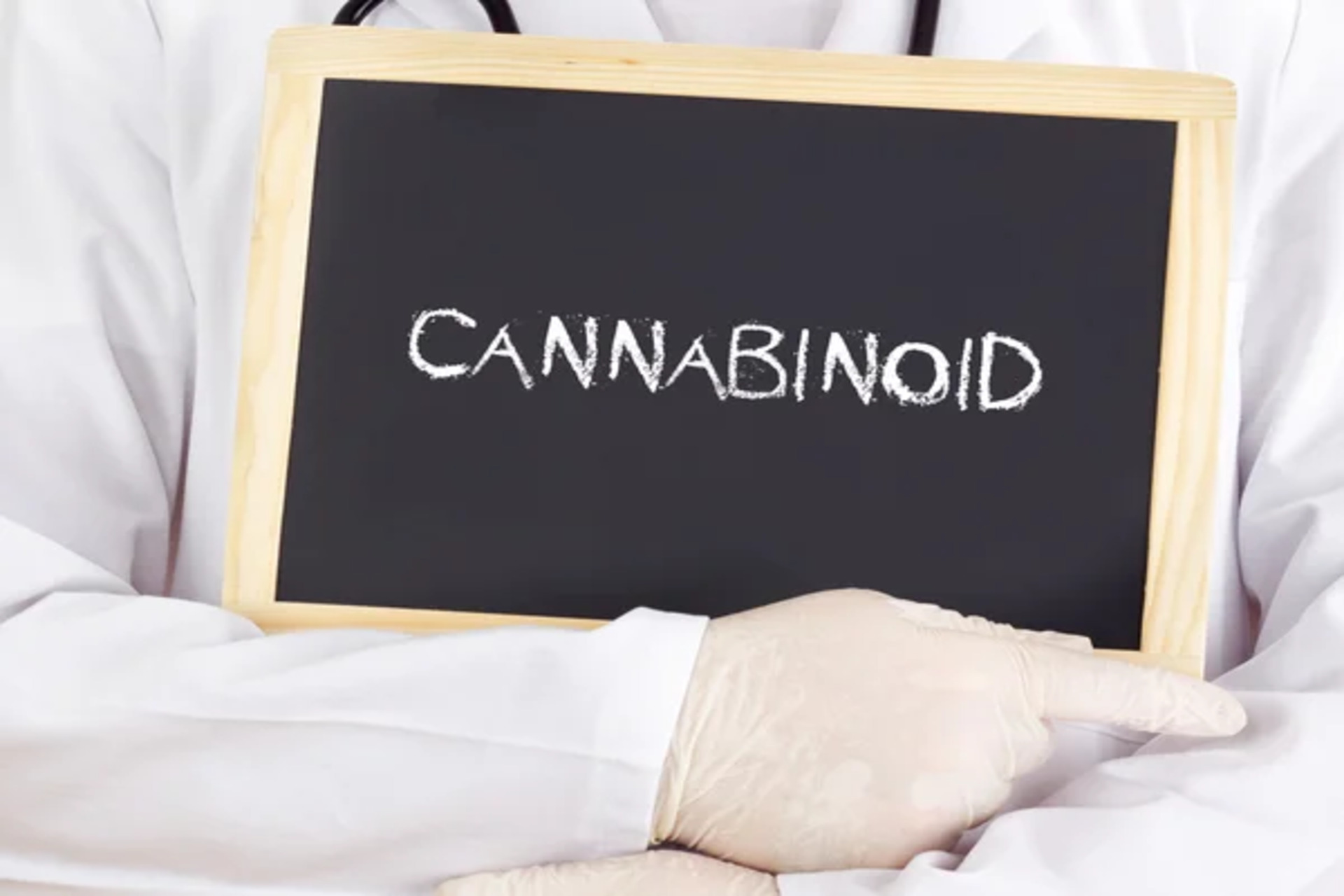Cannabinoids are vital components of the cannabis plant, contributing to the diverse effects experienced by cannabis users. However, cannabinoids extend beyond cannabis and can influence the body’s endocannabinoid system. They exist naturally in the human body, other plant species, and can even be created synthetically. These compounds have varying effects, including euphoria, pain relief, paranoia, sleepiness, and increased appetite. This comprehensive guide delves into different types of cannabinoids, their impact on the body, and their role in plant biology.
Types of Cannabinoids
Types of cannabinoids can be divided into three categories: phytocannabinoids, endocannabinoids, and synthetic cannabinoids.
Phytocannabinoids are primarily found in the cannabis plant but can also be found in a few other plant species. The cannabis plant produces cannabinoid acids, such as THCA and CBDA, which are then activated through decarboxylation to become well-known cannabinoids like THC and CBD. Heating or drying cannabis activates these acids, transforming them into the desired cannabinoids with their respective effects. While some people consume raw cannabinoid acids, most prefer the activated cannabinoids.
Endocannabinoids are naturally produced within the bodies of mammals, including humans, and play a role in the endocannabinoid system. These endogenous cannabinoids have a similar structure to cannabinoids found in cannabis. The body synthesizes endocannabinoids to regulate various bodily processes like pain, memory, mood, sleep, and stress response. The main endocannabinoids are anandamide (AEA) and 2-AG (2-arachidonoylglycerol).
Synthetic cannabinoids are artificially created through chemical processes and do not occur naturally in plants or the human body. There are over 200 synthetic cannabinoids, designed to interact strongly with the body’s cannabinoid receptors. However, some synthetic cannabinoids can have negative effects, including anxiety, paranoia, and impaired brain function. They can be synthesized by manipulating CBD or through genetic engineering using yeast, bacteria, or algae as growth mediums.
It is important to note that while synthetic cannabinoids may have similar structures and chemical properties to those found in cannabis, they are still classified as synthetic due to their artificial production methods.
Effects of Cannabinoids on the Body:
The effects of cannabinoids on the body can vary from person to person due to individual differences in the endocannabinoid system. The endocannabinoid system plays a role in maintaining balance in various bodily processes, including sleep, memory, mood, appetite, and pain.
The endocannabinoid system is a signaling network present throughout the body. It consists of cannabinoid receptors, endocannabinoids produced by the body, and enzymes responsible for creating and breaking down endocannabinoids. The two main types of cannabinoid receptors are CB1 and CB2, located in the brain, spinal cord, organs like the gastrointestinal tract, and peripheral parts of the body. When stimulated, these receptors can elicit responses such as relaxation, sleepiness, or hunger.
In addition to endocannabinoids, the cannabinoids found in cannabis (phytocannabinoids) can also bind to the cannabinoid receptors in the endocannabinoid system, triggering various effects throughout the body. Phytocannabinoids can induce euphoria, paranoia, pain relief, increased appetite, sleepiness, reduced inflammation, and even enhanced creativity.
For example, THC can produce euphoria, pain relief, time perception alteration, and appetite stimulation, while CBD can reduce inflammation, alleviate anxiety, and suppress seizures. However, research suggests that cannabinoids may not only interact with cannabinoid receptors but also with other receptors in the body, such as serotonin 5-HT receptors. The specific effects produced by cannabinoids depend on their ability to bind to these receptors.
How to Consume Cannabinoids?
The method of consuming cannabis has a significant impact on the effects experienced. Different delivery methods, such as smoking, oral consumption, or transdermal application, can greatly affect the bioavailability of cannabinoids. Bioavailability refers to the amount of a substance that enters the bloodstream and can produce an active effect.
For example, the bioavailability of inhaled THC, when smoking cannabis, is around 30%. Inhaling cannabinoids allows them to be rapidly absorbed into the bloodstream, leading to relatively quick effects that can be felt within as little as ten minutes.
In contrast, when THC is consumed orally, such as in the form of an edible like a brownie, the bioavailability is much lower, ranging from 4% to 12%. The effects of orally consumed cannabinoids take longer to kick in, often up to one hour or more. This delayed onset and reduced bioavailability occur because the cannabinoids need to pass through the gastrointestinal tract and be processed by the liver. In the liver, a significant portion of THC is broken down and converted into other compounds, resulting in a lower amount of active THC reaching the bloodstream.
It’s important for individuals to be aware of these differences in bioavailability and onset time when choosing their preferred method of cannabis consumption, as it can significantly impact the intensity and duration of the effects they experience.
Role of Cannabinoids in Cannabis Plant
Cannabinoids play a vital role in the protection and well-being of the cannabis plant. They are primarily found in the resinous trichomes, which are most abundant on female cannabis buds. Recent research suggests that cannabinoids act as a natural sunscreen, absorbing harmful UV-B radiation that could potentially harm the plant’s growth. Additionally, exposure to increased UV-B radiation has been found to stimulate higher cannabinoid production in cannabis flowers.
Cannabinoids are also involved in the plant’s defense mechanisms. Trichomes, where cannabinoids are concentrated, are common in various plant species and help protect against predatory insects, pests, water loss, and excessive heat. Interestingly, cannabis tends to produce more cannabinoids when exposed to certain stressors such as heat, low soil moisture, or nutrient deficiencies, indicating that a certain amount of stress may enhance cannabinoid production.
The two most well-known cannabinoid acids in cannabis are THCA (tetrahydrocannabinolic acid) and CBDA (cannabidiolic acid). These precursor compounds are present in higher concentrations than other cannabinoids in the plant. THC (tetrahydrocannabinol) and CBD (cannabidiol) are the decarboxylated forms of THCA and CBDA, respectively. THC is psychoactive and produces a “high” effect, while CBD is non-intoxicating. Both cannabinoids have a range of physical and mental effects and are extensively studied for their therapeutic potential.
Cannabis strains or chemovars are often classified based on their major cannabinoid content. Type I strains have high THC concentrations, Type II strains have equal levels of THC and CBD, and Type III strains have high CBD levels.
In addition to major cannabinoids, cannabis contains numerous minor cannabinoids, with over 150 identified so far. While minor cannabinoids make up a small percentage of the cannabis bud, they have gained increasing interest from consumers and experts due to their potential benefits. Some minor cannabinoids, such as delta-8 THC and delta-10 THC, are known to provide intoxicating effects but occur naturally in low concentrations. Researchers are also exploring the therapeutic properties of prominent minor cannabinoids like THCV, CBG, and CBN. In the future, personalized cannabis healthcare may involve combining minor cannabinoids with terpenes, flavonoids, and other compounds to target specific health issues and conditions.









0 Comments